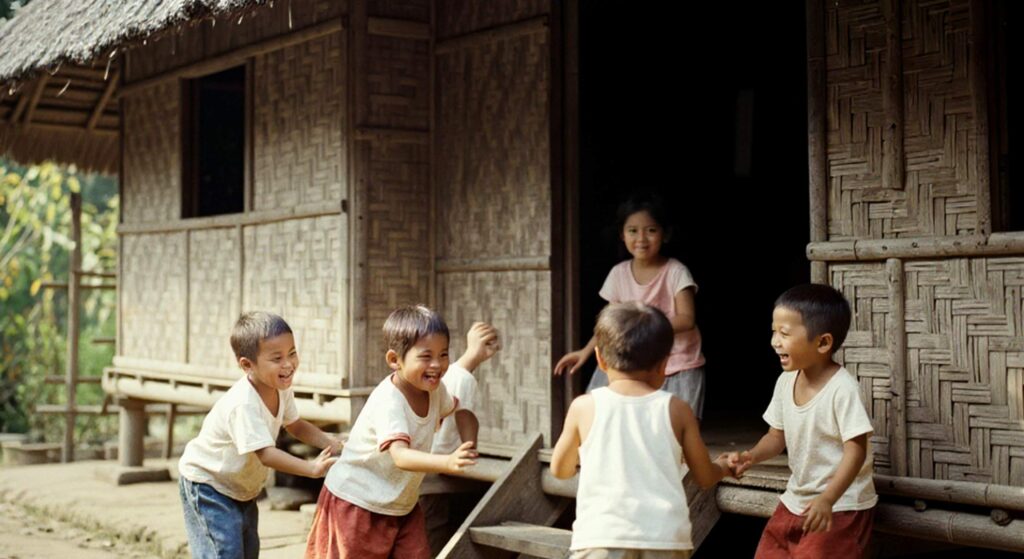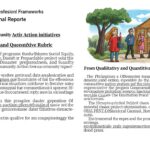Hello! Let’s Dive Into Today’s Topic: Community Dynamics and Community Action
I’m here to guide you through this lesson step by step. Think of me as your virtual teacher, ready to answer questions and keep things engaging. Let’s get started!
Step 1: Introduction (Let’s Break the Ice!)
Before we dive deep, let’s warm up with a quick question:
- What does “community” mean to you?
Take a moment to type your thoughts in the chat or just think about it. For example, you might say “a group of people living in the same area” or “people working toward a shared goal.”
Great! Now, let’s talk about two important ideas related to communities:
- Community Dynamics : This is all about how communities work—things like relationships, culture, and power structures.
- Community Action : This is about what communities do together to solve problems or make positive changes.
These concepts are super important in fields like social work, public policy, education, and more. Plus, they can help shape your future career!
Step 2: Exploring Community Dynamics
Mini-Lecture: Key Components of Community Dynamics
Here’s what makes communities tick:
- Social Structures : Families, schools, businesses, and other groups that shape how people interact.
- Cultural Norms and Values : Shared beliefs, traditions, and behaviors that define a community.
- Power Dynamics : Who has influence or control? Are there inequalities?
- Economic Conditions : Wealth, jobs, and resources available in the community.
Does any of this sound familiar? Think about your own neighborhood or a community you’re part of. How do these factors play out?
Group Discussion Activity
Imagine you’re chatting with a friend about one of these components. Pick one:
- Social structures
- Cultural norms
- Power dynamics
- Economic conditions
Now, give an example of how this factor affects a community. For instance, maybe economic conditions limit access to good schools in some areas. Type your example into the chat or just think about it for now.
Step 3: Understanding Community Action
Case Study Analysis
Let’s look at real-world examples of communities taking action. Here are two short case studies:
- Case Study #1: A Grassroots Environmental Campaign
- Problem: Pollution in a local river.
- Participants: Residents, activists, and local government.
- Strategies: Clean-up events, petitions, and awareness campaigns.
- Impact: Cleaner water and stronger community bonds.
- Case Study #2: Neighborhood Revitalization Project
- Problem: Abandoned buildings causing safety concerns.
- Participants: Local artists, volunteers, and city planners.
- Strategies: Art murals, community gardens, and fundraising.
- Impact: Safer streets and renewed pride in the area.
Your turn! Choose one case study and analyze it using these questions:
- What was the problem?
- Who participated?
- What strategies were used?
- What impact did it have?
Type your answers in the chat or jot them down. Ready? Go!
Step 4: Connecting to Careers
Reflection Exercise
Think about your dream job or career path. How could understanding community dynamics and action help you succeed? For example:
- If you want to be a teacher, knowing about cultural norms can help you connect with students.
- If you’re interested in public health, understanding power dynamics can help address health disparities.
Type your thoughts in the chat or reflect privately. I’d love to hear from you!
Step 5: Conclusion and Wrap-Up
Key Takeaways
Let’s recap what we’ve learned today:
- Community Dynamics explains how communities function (relationships, culture, power, economics).
- Community Action shows how communities come together to solve problems.
- These concepts are essential for careers in social sciences, leadership, and beyond.

